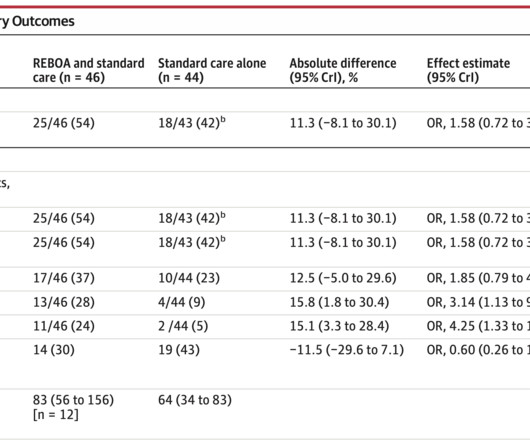Piero's Diary - The Advanced Medical Posts (AMPs)
Emergency Live
MAY 2, 2024
The Adaptability of Advanced Medical Posts (AMPs) in the Emergency Medical Plan: An Anticipation of the Modern Out-of-Hospital Medical Rescue System Having solved the problem of medical responders, about 280 (doctors, nurses, rescue volunteers, military stretcher bearers, radio operators) and the 18 ambulances, it was necessary to identify places to (..)




















Let's personalize your content